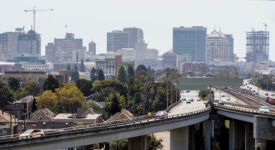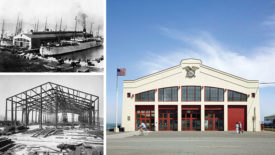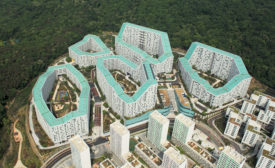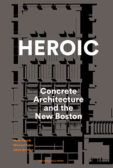Articles by John King
Welcome to My House: Multifamily Housing
From superblocks to revamped office and industrial spaces to new structures that combine supportive and market-rate housing, home takes on a whole new meaning in the 21st century.
Read More
Heroic: Concrete Architecture and the New Boston
At once history lesson and labor of love, this book explores how 1960s Boston came to be a showcase of unapologetic, often superscaled masonry modernism.
Read More
Durant Hall, University of California, Berkeley
Mark Cavagnero refreshes and subtly reorganizes a century-old building in the historic core of a storied campus.
Read More
Copyright ©2025. All Rights Reserved BNP Media.
Design, CMS, Hosting & Web Development :: ePublishing



